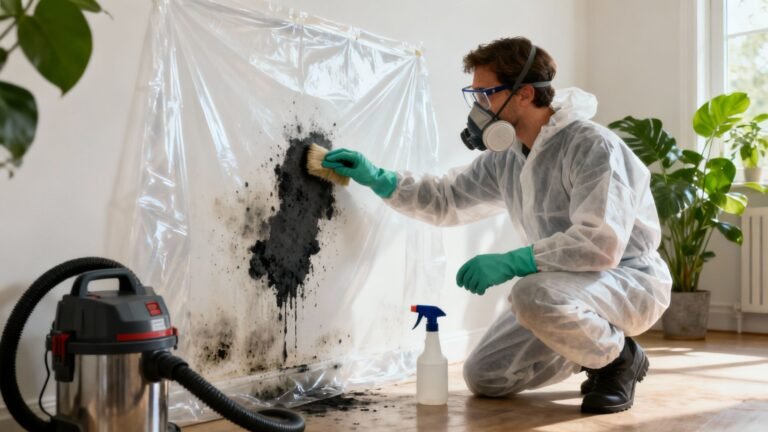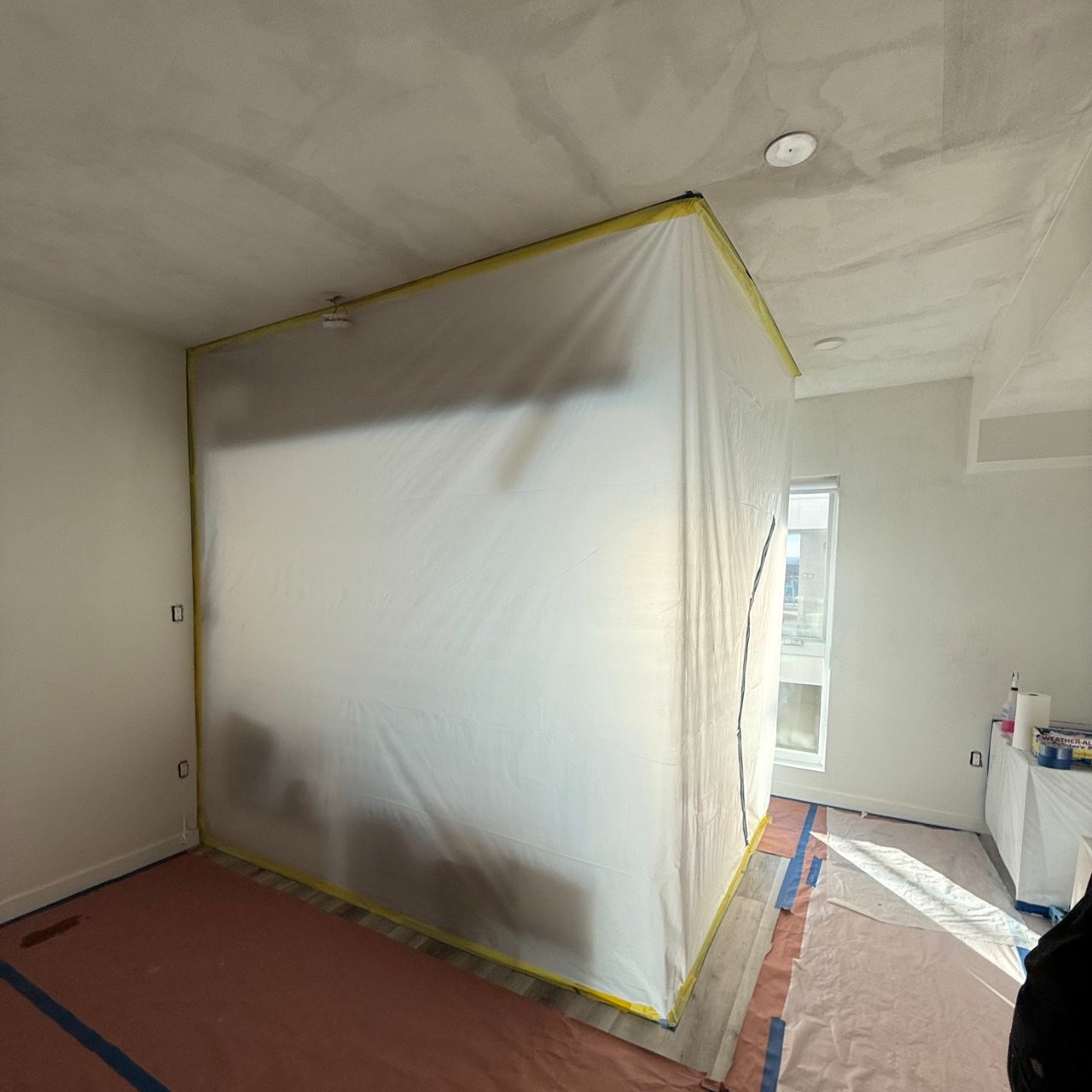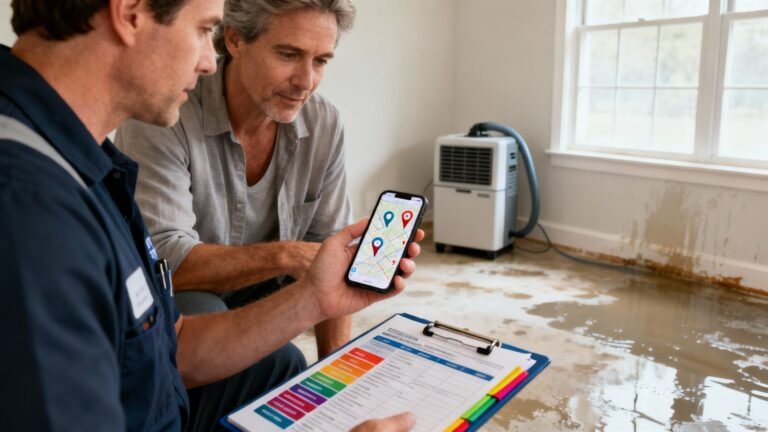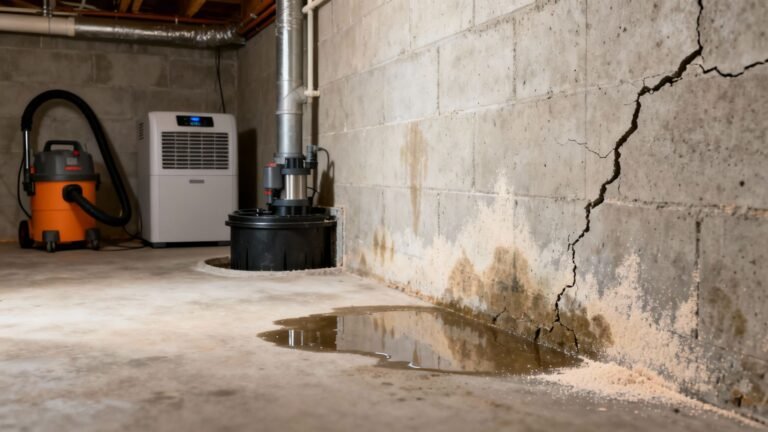
A Homeowner’s Guide to Safe Removal of Mold in Los Angeles
That sinking feeling when you spot mold is universal, especially in the humid pockets of Los Angeles. But before you
After a fire, visible damage may be cleaned up quickly, but smoke odor lingers. That smell comes from tiny particles of soot and burned material that penetrate deep into building surfaces. Unlike surface stains, smoke odors bond with porous materials such as drywall, wood framing, fabric, and even HVAC ductwork.
Common reasons smoke odor persists:
Porous surfaces absorb smoke molecules
Soot particles spread through ventilation systems
Microscopic residue remains trapped in carpets, upholstery, and insulation
Humidity reactivates odors months later
DIY air fresheners or surface cleaners don’t address the root of the problem—professional techniques are required to fully eliminate smoke odor.
Click above to learn more about Fire Damage Restoration services offered by Onsite Pro
Smoke odor isn’t just unpleasant. Lingering soot and residue can pose risks:
Respiratory irritation and worsened asthma
Eye and throat irritation
Exposure to harmful compounds such as benzene and formaldehyde
Long-term damage to HVAC systems if soot is not cleaned
For this reason, proper smoke odor removal after fire is both a health measure and a property protection step.
Restoration professionals begin with a site inspection to measure the extent of smoke infiltration, including hidden areas like insulation, attics, and crawl spaces.
HEPA vacuums remove loose soot particles Specialized sponges and detergents lift residue from walls and ceilings Negative air machines prevent cross-contaminationDo instead: Lightly mist with water or cleaner first to limit aerosolization.
Furniture, clothing, and personal belongings often absorb smoke odors. Restoration may include: Ozone or hydroxyl chamber treatment Upholstery and textile cleaning Ultrasonic cleaning for non-porous contents
Professional smoke remediation uses techniques far beyond store-bought sprays: Thermal fogging: Disperses a deodorizing fog that penetrates porous materials, neutralizing smoke molecules. Ozone treatment: Oxidizes odor-causing particles in unoccupied spaces. Hydroxyl generators: Safe to use while occupied, effective at breaking down stubborn odors.
Soot travels through ductwork and continues to reintroduce odors unless cleaned. Professionals use brushes, vacuums, and disinfectants to restore clean airflow.
Standard vacuums exhaust spores back into the air. When odor particles are deeply embedded in walls, insulation, or subfloors, sealing primers and restoration materials may be applied to ensure odors cannot resurface.
Homeowners may attempt smoke odor removal with air fresheners, vinegar, or baking soda. While these can reduce surface smells temporarily, they don’t reach the microscopic particles trapped inside building materials. In many cases, DIY attempts simply mask the odor without eliminating it, causing it to return in days or weeks.
Call a certified fire and smoke damage restoration company if:
The fire was more than a small, localized incident
Smoke odors persist after basic cleaning
HVAC systems were exposed to smoke
There is visible soot staining on walls or ceilings
Tenants or occupants report health irritation from lingering odors
Professionals bring specialized equipment, safety gear, and industry-approved techniques that go far beyond household cleaning products.

Smoke odor removal after fire requires more than surface cleaning
Odor particles penetrate deep into porous materials and HVAC systems
Professional processes like ozone treatment, thermal fogging, and HEPA filtration ensure complete deodorization
Proper cleanup protects both health and property value

Pete Mantizian is the dedicated owner of Onsite Pro Restoration. He is driven by a passion to improve living conditions and prevent health issues caused by improper restoration. With over 10 years in construction and 7 years in restoration, Petros has managed projects for major franchises like Serv-Pro and 911 Restoration. He holds certifications in Applied Structural Drying, Microbial Remediation, and more. Committed to excellence, Petros ensures every project is done right the first time. Outside of work, he cherishes time with his loving wife and two children, balancing his fulfilling career with creating lasting family memories.
Share
Lingering smoke and odors after a fire can make your home unsafe and uncomfortable. Call (818) 336-1800, email info@onsitepro.org, or fill out the form below to connect with our fire damage specialists. We’ll eliminate harmful odors, restore air quality, and bring your property back to a safe living condition.

That sinking feeling when you spot mold is universal, especially in the humid pockets of Los Angeles. But before you

Finding a leak, flood, or any standing water in your home is always a shock. Those first few hours are

That small puddle in the corner of your basement isn't just a nuisance—it's an alarm bell for your home’s health.